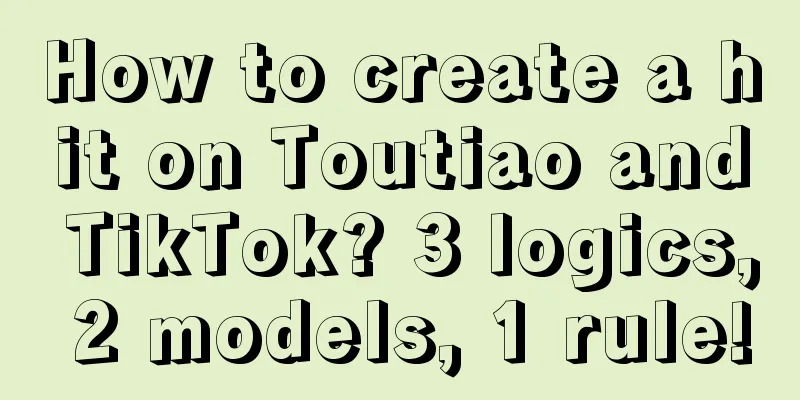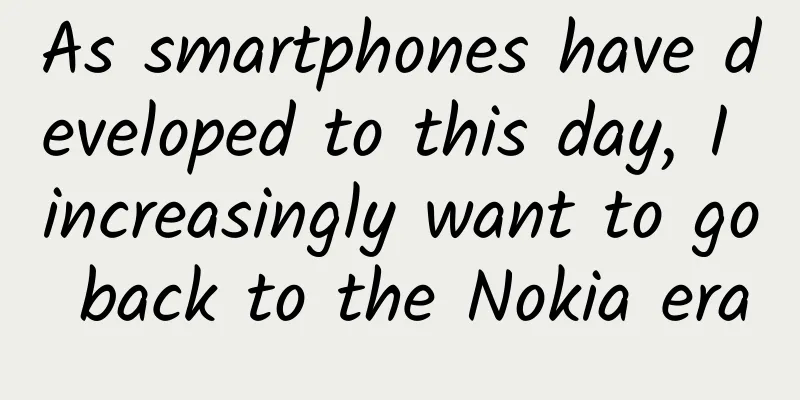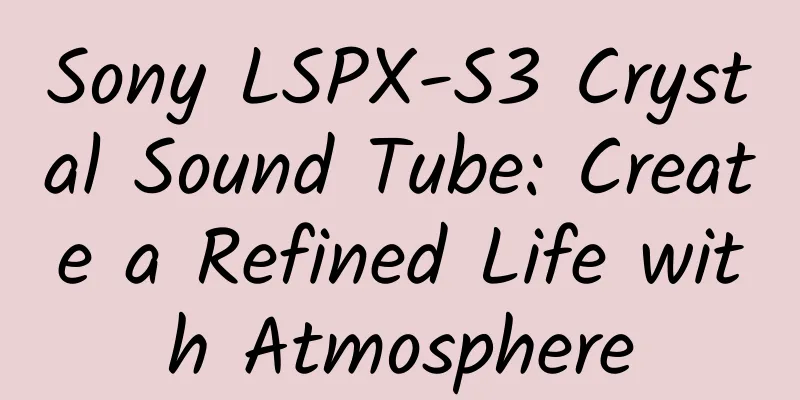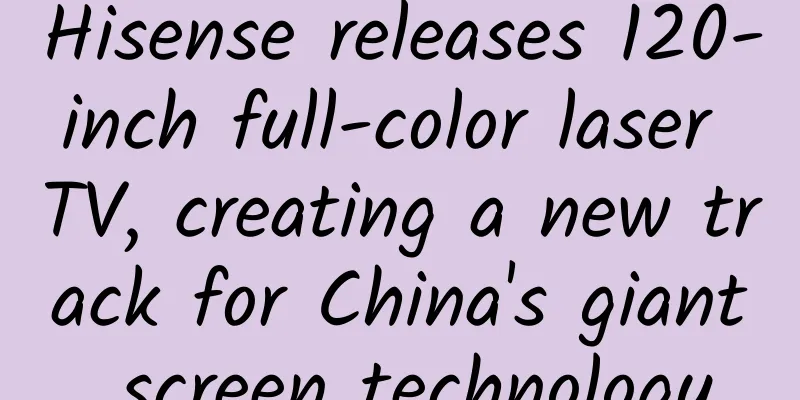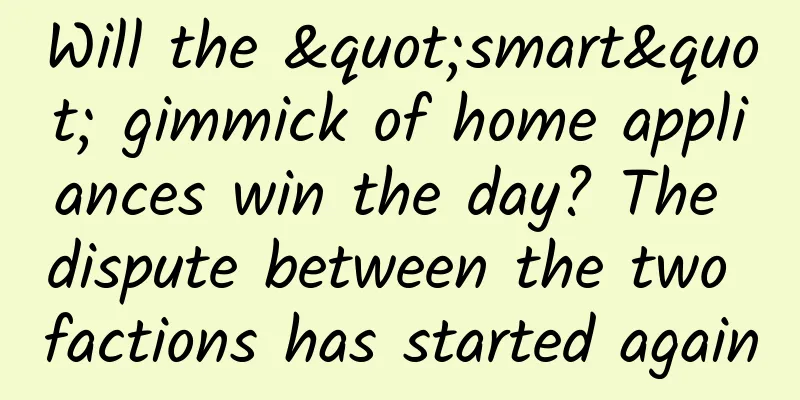In the competition of patents, which one is better, HTC or OPPO?
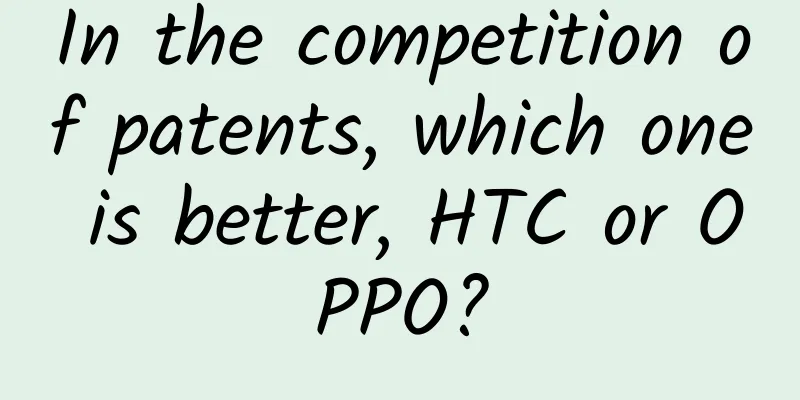
|
One started out as an OEM, and the other started out as an MP3 player. One is a Taiwanese company led by a female general, and the other is a Guangdong company targeting female users. Now both companies are "running wildly" on the road of smartphones. They are the smartphones HTC and OPPO that have a bit of a "foreign brand" flavor. The reason why they have a "foreign brand" flavor is mainly because their brand logos are in English. Speaking of HTC, many people may feel "sad" because HTC was once a leading smartphone company with a very high overall market share and high-end user coverage. However, facing the impact of low-priced Internet phones such as Xiaomi, HTC has been defeated and its leading advantage has been lost. Now it can only be said that it is still an important participant in the smartphone market. When it comes to OPPO, many people may have something to say, such as their uninterrupted TV advertising throughout the year, their constant "experiments" in mobile phone camera modes and operations, and their product positioning that targets female users from the beginning to the end. Their shipment volume may not be the leader of domestic smartphones, but in terms of price, they seem to always be stuck in the smartphone market above 2,000 yuan. If we compare the two companies, it is difficult to judge which one is better. So, if we look at it from the perspective of intellectual property protection, especially patent protection, what are the characteristics of each company? Will it also be consistent with their market performance? Based on the statistical data from the website of the State Intellectual Property Office, we look at the characteristics of the two companies from multiple dimensions, including the overall number of patents, patent protection awareness, patent protection structure and patent protection preferences. PK intellectual property patent authorization: HTC has a solid foundation while OPPO has a comprehensive layout From the above table, we can see that in terms of the total number of searchable patents, OPPO is 1.4 times that of HTC; in terms of the number of invention publications, OPPO is twice that of HTC; in terms of the number of invention authorizations, HTC is four times that of OPPO; in terms of the number of utility model patents, OPPO is 11 times that of HTC; and in terms of the number of design patents, HTC is very close to OPPO, with 18 fewer than OPPO. Simply put, although HTC is a Taiwanese company, it also pays great attention to the protection of intellectual property rights in China. It is particularly worth mentioning that although HTC started as a OEM company, its accumulation of invention patents cannot be underestimated. Although OPPO started later than HTC and initially started out as an MP3 player, it does have its own unique features when it comes to intellectual property protection, with a balanced distribution of invention patents, utility models and designs. PK: Intellectual Property Protection Awareness: HTC is one step ahead of OPPO From the above table, we can see that HTC was founded nearly 6 years earlier than OPPO, but the two companies are "nearly equal" in terms of the order of patent protection applications. Specifically, in terms of invention patent applications, HTC first filed an invention patent application 3 years and 3 months after its establishment, while OPPO first filed an invention patent application 4 years and 7 months after its establishment. HTC was involved in invention patent protection applications more than a year earlier than OPPO. In terms of invention patent authorization, both companies obtained their first invention patent authorization around 7 years after their establishment. In terms of utility model patent applications, HTC submitted its first utility model patent application three years after its establishment, three years earlier than OPPO. In terms of utility model patent authorization, HTC was also many years ahead of OPPO. In terms of design patent applications, HTC submitted its first design patent application 4 years and 9 months after its establishment, while OPPO submitted its first application 5 years and 9 months after its establishment, one year earlier than OPPO. In terms of the time of the first design patent authorization, HTC is still far ahead of OPPO. It can be seen from this that whether it is invention patents, utility models or appearance designs, HTC's overall awareness of intellectual property protection is ahead of OPPO. Considering that HTC made a living by OEM in its early years, this should also explain to some extent that Taiwanese companies pay more attention to intellectual property protection than domestic companies. PK Intellectual Property Defense Capability: HTC is much stronger than OPPO From the above two figures, we can see that among the authorized patents obtained, in terms of invention patents, utility models, and appearance designs, HTC's proportions are 74%, 9%, and 17%, respectively, while OPPO's proportions are 13%, 75%, and 12%, respectively. Obviously, HTC's accumulation of technological "gold content" is significant, as can be seen from the fact that most of its patents are invention patents. OPPO, on the other hand, uses the strategy of "micro-innovation" to build a protective wall through utility model patents. Utility models account for the highest proportion of authorized patents. From the perspective of competition and defense, HTC's competitive and defensive capabilities are significantly stronger than OPPO's. PK intellectual property rights: mobile phone patents: HTC has more than OPPO Through the above two figures, we can see that in the three aspects of invention patents, utility models and designs, the proportion of mobile phone patents in the patents held by HTC is 98%, 78% and 86% respectively. And in the patents held by OPPO, the proportion of mobile phone patents is 91%, 38% and 78% respectively. Obviously, among the authorized patents held by HTC, the proportion of invention patents, utility model patents and design patents in the mobile phone category is higher than that of OPPO. The reason is very simple. HTC has been rooted in the mobile phone market for a long time and has been "steady and steady" in intellectual property protection, focusing on quantity and quality. It is worth mentioning that in terms of mobile phone patent deployment, HTC's patents are concentrated in the basic communications field, and it has applied for very few patents related to smart applications. OPPO, on the other hand, has applied for patents for almost all smart applications that may be used in the process of booting up and shutting down, including lock screen, alarm clock, specific operations, page turning, etc. This difference in patent deployment strategies not only reflects the differences in patent protection awareness, preferences and priorities between the two parties, but also reflects the "personality" of the companies to some extent. Through the above two figures, using patent type as the classification standard, we analyze and compare the distribution of the two mobile phone patents. We can see that among the mobile phone patents that have been authorized, the proportions of HTC's invention patents, utility models, and appearance designs are: 77%, 7%, and 16%, respectively, and the proportions of OPPO are: 24%, 58%, and 18%, respectively. Simply put, among the patent authorizations obtained, HTC's layout in the mobile phone field is mainly based on invention patents, while OPPO's is mainly based on utility models. The two companies' layouts in appearance design are very similar. Specifically in terms of patent defense capabilities, since HTC's patents are mainly invention patents, its ability to resist attacks is significantly stronger than OPPO. However, a problem may arise. Many people may ask, since HTC is so good at intellectual property protection, why is its performance in the market no longer eye-catching? Regarding this point, we must see that the strength of intellectual property protection is one aspect of a company's strength but not all of it. A company's brand strategy, marketing and channel strategy will all have an impact on its performance in the market. However, we should also see that changes in a company's intellectual property protection can also reflect the company's development status or characteristics. Lessons from HTC’s intellectual property protection path: Is five years a bottleneck period for mobile phones? In order to better understand HTC's intellectual property protection strategy and to clarify the linkage between changes in corporate intellectual property protection strategy and corporate development, we took HTC's authorized patents as the object and re-interpreted its invention patents, utility models and designs according to the application time distribution. From the above three figures, we can see that 2006-2009 should be HTC's most glorious period. Among them, 2009 is crucial to the development of HTC's intellectual property protection. Among its authorized patents, 2009 is the "peak period" for its invention patents, utility models and designs. In fact, 2009 was the peak of HTC's mobile phone trend. At that time, its mobile phone appearance and its grasp of smart phones were both market leaders. Looking back now, many of its models at that time were much more "trendy", "magnificent" or "avant-garde" than Samsung. It is worth noting that from 2010 to 2012, HTC seemed to be going downhill in terms of appearance design, with the number of appearance design patent applications "lingering at a low level" for three consecutive years. The total number of appearance design applications in three years was less than the number of applications in 2009 alone. Specifically, the data from the financial statements show that HTC had experienced losses for several consecutive quarters, and it was not until the second quarter of 2014 that it successfully turned losses into profits. At the end of last month, HTC released its third quarter financial report for 2014. The content shows that HTC's revenue for the quarter was NT$41.9 billion (about US$1.375 billion), a year-on-year decline of 11%; net profit after tax was NT$600 million (about US$19.69 million), compared with a loss of US$102 million in the same period last year, and earnings per share after tax were NT$0.78 (about 2 cents), with a gross profit margin of 22.9% and an operating profit margin of 0.4%. Corresponding to its intellectual property protection, we can see that its design applications in 2013 have regained strength. From this perspective, the changes in the company's intellectual property protection are closely related to the company's business conditions. When the company's business is down, the intellectual property application protection is also in a downturn, which may reflect the company's financial situation at the time, or it may reflect the company's R&D difficulties or even team stability issues. Judging from HTC's intellectual property protection path and market development, it seems that the "five-year itch" has deeply troubled HTC. Previously, it was full of momentum, but not long after reaching the peak, it fell into a long period of "downturn". On the other hand, as for domestically produced smartphones, I wonder whether some of the current popular mobile phone brands will follow in HTC’s footsteps and fall into the “five-year itch”. In the fifth or sixth year, their main mobile phone business will also enter the “downward channel”. However, since there are precedents, domestic mobile phone manufacturers should start investigations as early as possible, pay close attention to market trends and user feedback, and not be blindly greedy for more and bigger things. Through continuous technological innovation, they may be able to avoid "repeating the same mistakes." As a winner of Toutiao's Qingyun Plan and Baijiahao's Bai+ Plan, the 2019 Baidu Digital Author of the Year, the Baijiahao's Most Popular Author in the Technology Field, the 2019 Sogou Technology and Culture Author, and the 2021 Baijiahao Quarterly Influential Creator, he has won many awards, including the 2013 Sohu Best Industry Media Person, the 2015 China New Media Entrepreneurship Competition Beijing Third Place, the 2015 Guangmang Experience Award, the 2015 China New Media Entrepreneurship Competition Finals Third Place, and the 2018 Baidu Dynamic Annual Powerful Celebrity. |
<<: Platform ecology or vertical services Why is WeChat becoming more and more bloated?
>>: Is the smart bracelet just a transitional product?
Recommend
IQIYI's Ma Dong: Pirated video websites are doomed to fail
On September 16, at the International Copyright F...
iPhone 6S A9 processor details revealed! Apple is going crazy
There are currently two unsolved mysteries about ...
How can new media operators quickly write high-conversion copy?
We all often have a perception that writing an ar...
Have you ever used the black technology code? The god-like automatic code app
When we share screenshots, we usually block out o...
SAIC MG E-motion concept car global debut MG ZS Liverpool Edition pays tribute to the legend
On April 19, at the 17th Shanghai International A...
Have you heard of the "Zodiac Mushroom"? Come and see if your zodiac sign is among them
Produced by: Science Popularization China Author:...
What are the functions of Foshan Maternal and Child WeChat Mini Program? How much does it cost to develop a WeChat mini program?
As a typical representative of the market segment...
What are the functions of the community property management mini program? How much does it cost to develop a property management app?
In order to improve the management efficiency of p...
This kind of "red bag" is painful and swollen, and it is really dangerous to squeeze it! Learn these and go to the hospital less often →
If we talk about the most painful skin problem, b...
Learn more about iOS 9 every day 5: Xcode Code Coverage Tools
[[144518]] Code coverage is a tool that calculate...
【Gupu Lao Wang】Wang Jian’s daily limit training camp
[Gupu Laowang] Wang Jian’s daily limit training c...
5 core steps to acquire app users
Many startups are interested in trying to discove...
How long will it take to reach Proxima Centauri? When will humans be able to visit that Three-Body World?
The Three-Body World described in the novel "...
Interpretation of the user incentive system of Station B
This article will start from the perspective of B...

